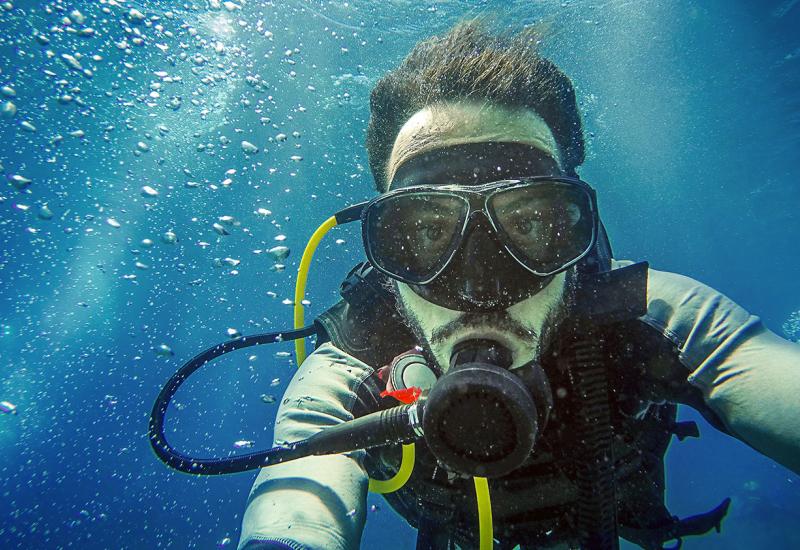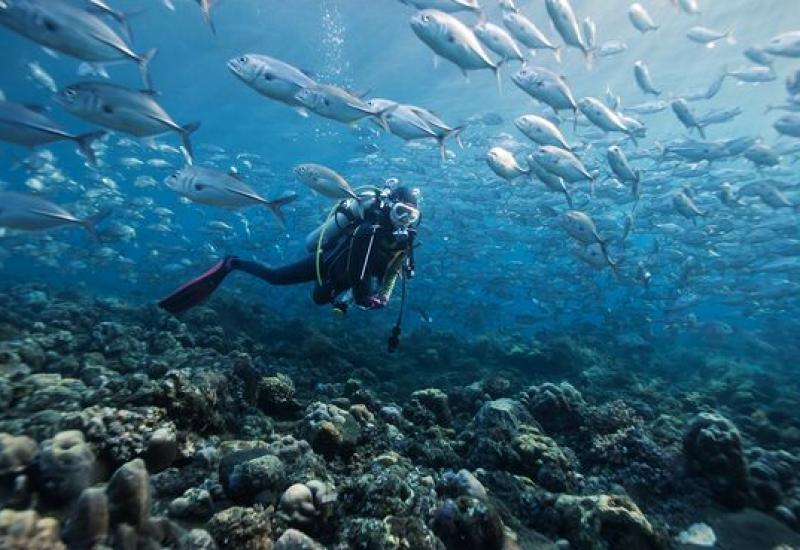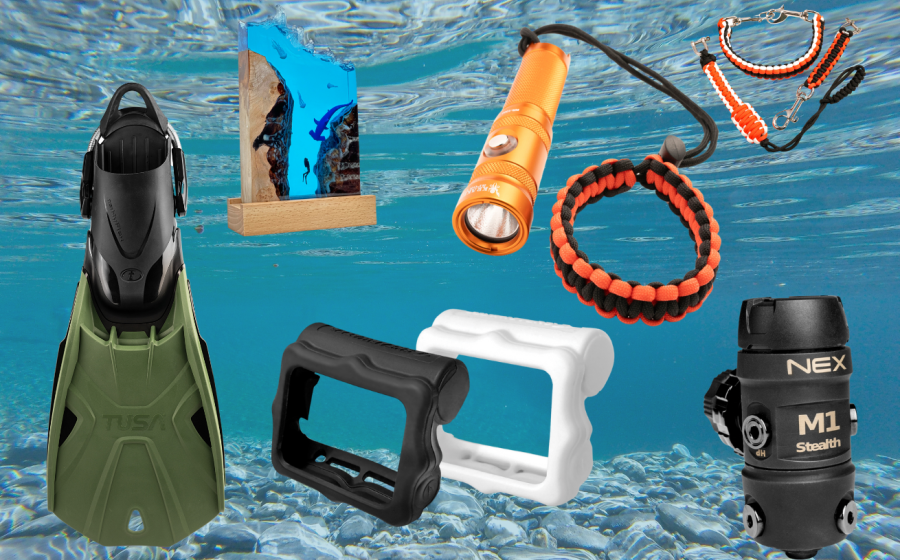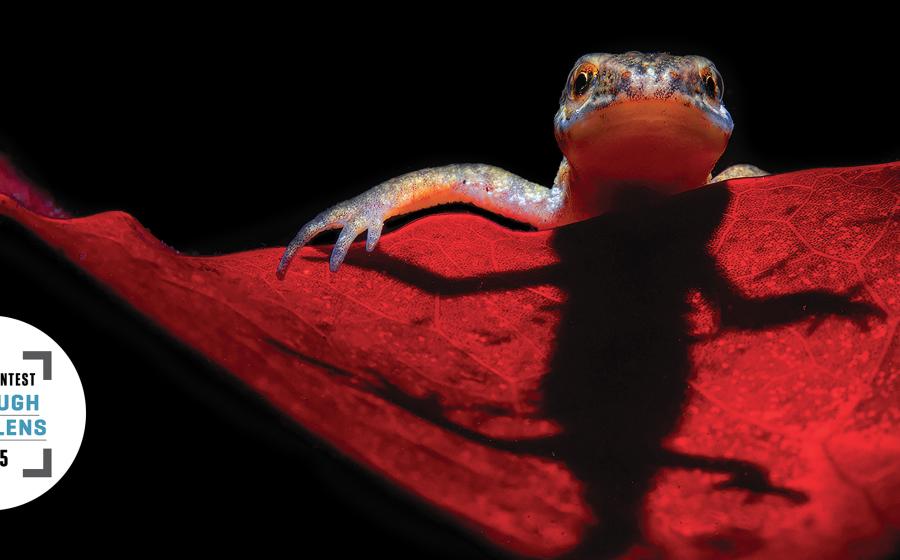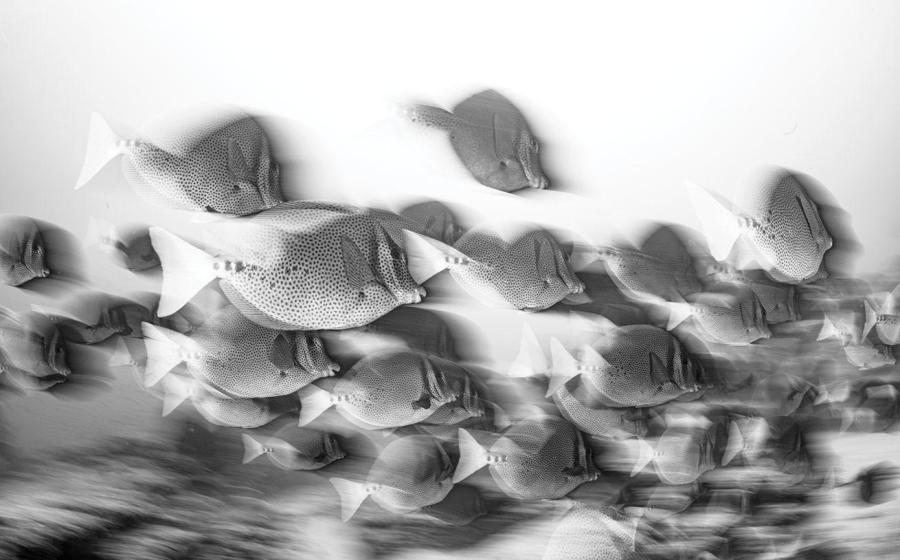A Glossary of Key Photography Terms for Beginners
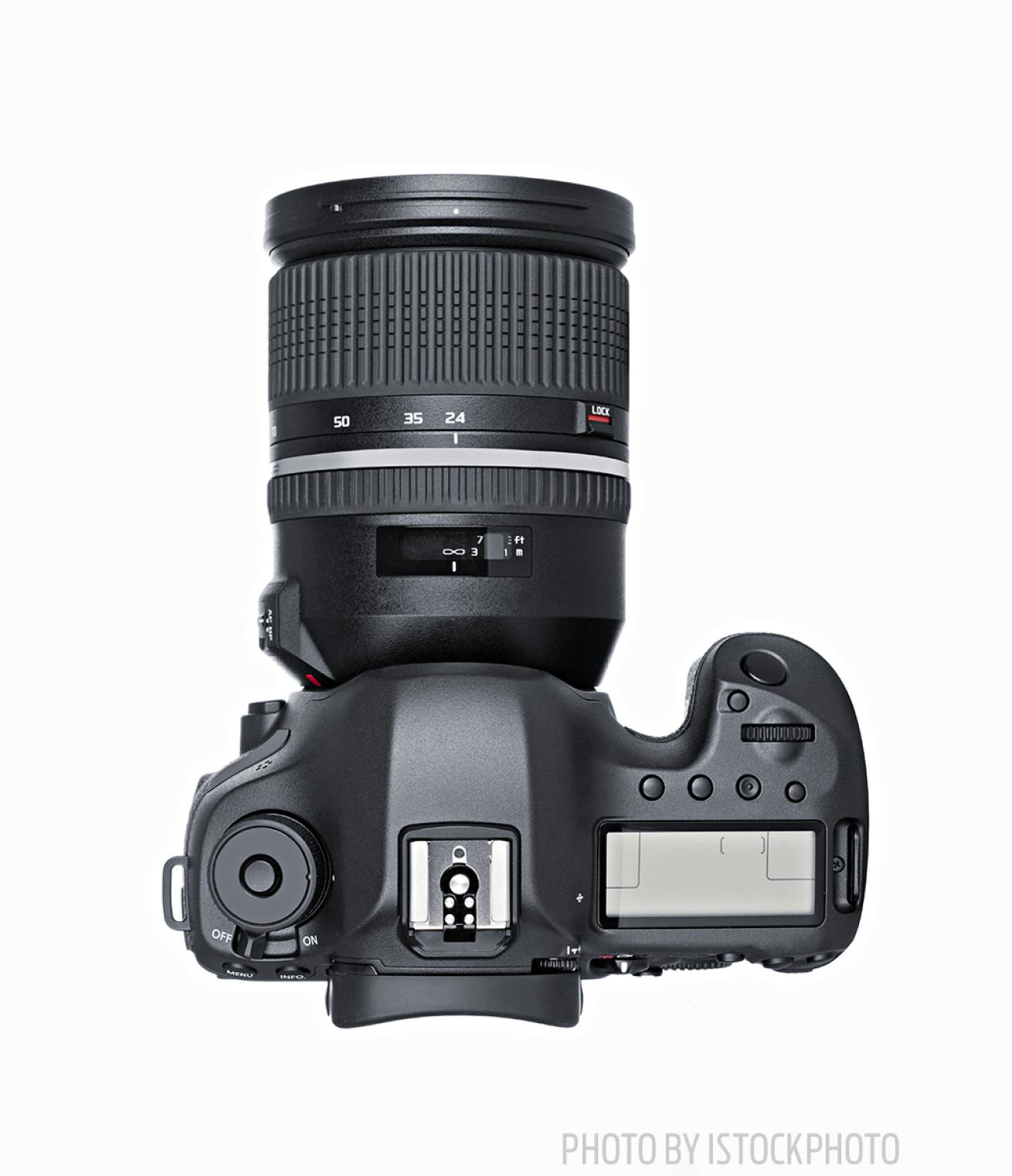
iStock PhotoTalk the talk: A guide to the terms and buzzwords related to underwater photography
Shutter Speed
How long the image sensor inside the camera is exposed to light. Typical settings for underwater are between 1/60 and 1/250 of a second.
Aperture
Also referred to as f-stop. It’s the size of the opening on the front of the lens that determines how much light reaches the sensor. It also affects depth of field, with larger openings having less depth of field and smaller ones with more depth of field. For wide-angle, typical underwater settings are between f/5.6 to f/16 and for macro f/16 to f/32, depending on the type of camera.
ISO
How sensitive the sensor is to light. The higher the ISO, the higher the sensitivity. The more sensitive the sensor is to light, the higher amount of noise or grain is introduced into the image. Ideally use the lowest ISO for the best image quality, typically set in the 100 to 400 range for most underwater situations, but can go higher in certain extreme conditions.
Depth of Field
How much of the image is in focus from near to far. Macro lenses and closer focus will have less inherent depth of field than wide-angle and fisheye lenses.
Stop
A measurement of light. Each “stop” of light is twice as much light as the previous stop.
TTL
Acronym for Through The Lens. A method for automatic flash exposure where the light from the flash is measured through the camera lens and onto the sensor by the camera.
Wide-Angle
Any subject that is bigger than a yoga balance ball. Typically, you’ll use a lens that has 100-degree field of view or larger. Think divers, large reefs, pelagic creatures and shipwrecks.
Macro
A subject smaller than your fist. Supermacro is anything that is smaller than a penny.
Mirrorless
An interchangeable-lens camera that does not have an optical viewfinder. All composition is done on the rear screen or through an electronic viewfinder. The elimination of the optical viewfinder makes for a smaller camera than an SLR.
SLR
An interchangeable-lens camera that has an optical viewfinder. You physically look through the lens to see the image and frame the shot.
Want more tips? Here's how to get started in underwater photography.


